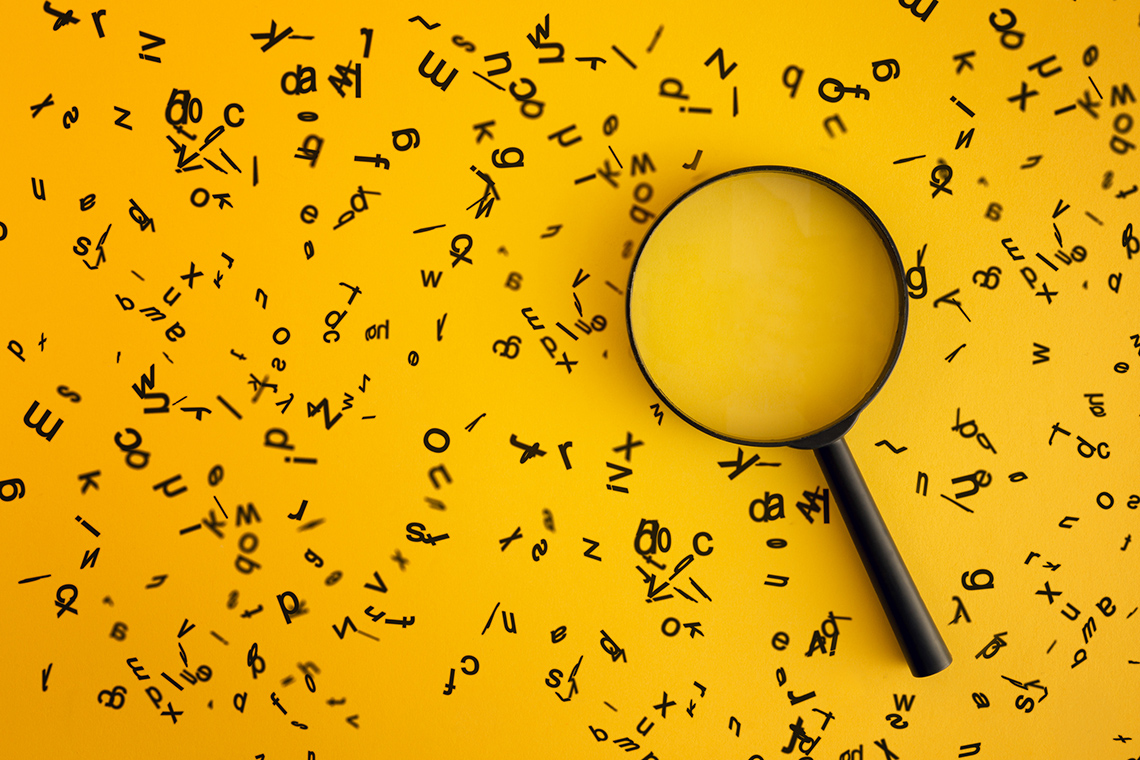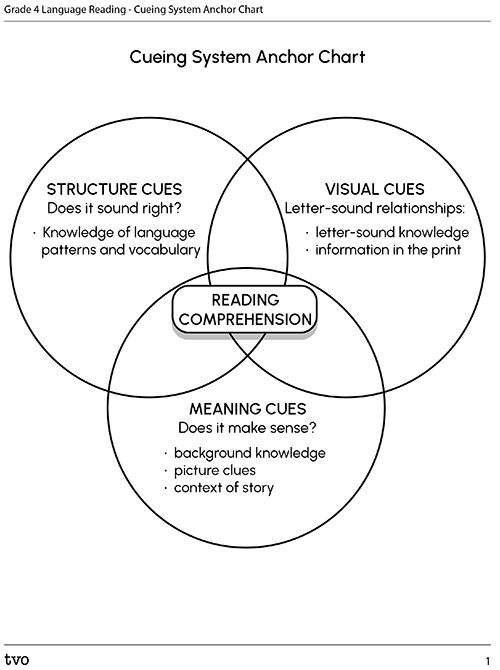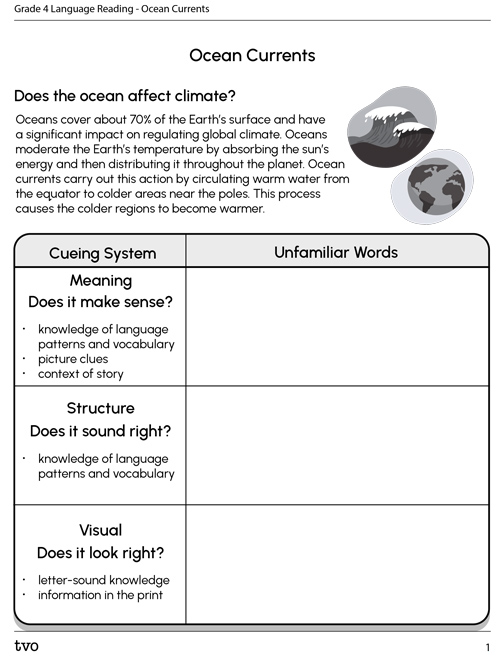Minds On
Put it in context

Using context
Do you use context clues?
Context clues can also come in handy with homonyms or words that have the same spelling and pronunciation, but different meanings. Take for example the word, “address.”
Sentence 1: The principal stood at the podium to address the students at her school.

Sentence 2: I had to write my address down on the letter I wrote.

In the first sentence, the principal stood at the podium to “address” or “speak to” the students at her school.
In the second sentence, someone had to write their “address” or the particulars of the place where they live on a letter they wrote.
Even though one word can have multiple meanings, the rest of the sentence tells us what is being discussed. As another example, consider the two sentences below. What does the word “tie” mean in each sentence?
Quick tip: The context in which a word is used gives us information about what it means.
Sentence 1: Don’t forget to tie your shoelaces!
Sentence 2: The game ended in a tie.
Can you think of any other examples?
Student Success
Pause and reflect
What do you do when you come to an unfamiliar word?
What are some of words that you often encounter in a text? For example: I, and, to, for, from, didn't, yet, and so on. How can we use frequently used or high-frequency words to help us solve unfamiliar words?
Record your responses using a method of your choice. If possible, share your strategies with a partner.
Note to teachers: See your teacher guide for collaboration tools, ideas and suggestions.
Action
Cueing systems
Examine the Cueing System Anchor Chart printable document.

Using cueing systems
To help solve unfamiliar words, we use our background knowledge to predict words. We do this through the use of “cueing” systems. Cueing systems help provide clues (cues) about what the words might be. Cueing systems include:
Meaning Cues (Semantic)
You use your background knowledge to identify words to figure out what other words might be. You may examine pictures, consider the text, and think about what’s happened so far, re-read and think about what word would make sense.
Structure Cues (Syntactic)
In this cueing system, you use your knowledge of grammar, sentence structure, word order, prefixes, nouns, and verbs to identify words. For example, you might search for a smaller word within a larger word. In a sentence you might recognize that it is missing a verb.
Letter/Phonics Cues (Graphophonic)
This cueing system uses letter-sound knowledge and letter information to predict words. You examine a word and consider what sound/letter it starts with. You consider the rules of phonics to ensure that the word is correct.
Ways to solve unfamiliar words
Complete the Ways to Solve Unfamiliar Words in your notebook or using the following fillable and printable document. You can complete your sort using another method of your choice.
|
Meaning Cues (Semantic) |
Structure Cues (Synctatic) |
Visual Cues (Graphophonic) |
|---|---|---|
Press the ‘Activity’ button to access Ways to Solve Unfamiliar Words.
Let’s practice
Examine the following passage or select a passage of your choice.
Circle or underline any new words, then list them and the strategies you used to solve the words. Copy the Ocean Currents template into your notebook or using the following fillable and printable document. You can also record your ideas using another method of your choice.
Does the ocean affect climate?


Oceans cover about 70% of the Earth’s surface and have a significant impact on regulating global climate. Oceans moderate the Earth’s temperature by absorbing the sun’s energy and then distributing it throughout the planet. Ocean currents carry out this action by circulating warm water from the equator to colder areas near the poles. This process causes the colder regions to become warmer.
Student Success
Think-Pair-Share
If possible, share with a partner the new words you learned and the strategies you used to understand their meaning.
Note to teachers: See your teacher guide for collaboration tools, ideas and suggestions.
Consolidation
Independent practice
Choose another text or audio book of your choice. Record what strategies you used to understand new words. Use a suitable method to document your ideas such as the graphic organizer provided, an alternative graphic organizer, typing, writing your response, using speech to text, or creating an audio recording of your ideas.

Complete the Cueing Graphic Organizer in your notebook or using the following fillable and printable document.
|
Meaning Does it make sense?
|
Structure Does it sound right?
|
Visual Does it look right?
|
|
Date |
Word |
Date |
Word |
Date |
Word |
|---|---|---|---|---|---|
Press the ‘Activity’ button to access the Cueing Graphic Organizer.
Bringing it all together
Use the following questions to reflect on your learning. You can record your responses using a method of your choice.
- Why is it important to know how to use more than one cueing system when we read?
- How can we use high frequency words as a tool to help us when we encounter unfamiliar words?
Reflection
As you read through these descriptions, which sentence best describes how you are feeling about your understanding of this learning activity? Press the button that is beside this sentence.
I feel...
Now, record your ideas using a voice recorder, speech-to-text, or writing tool.
Press ‘Discover More’ to extend your skills.
Discover MoreTracking
Record any words that change meaning depending on the context of a sentence.
Over the next week, record any homynyms or words with more than one meaning that you encounter. What cueing system did you use to figure out the meaning of the word?

